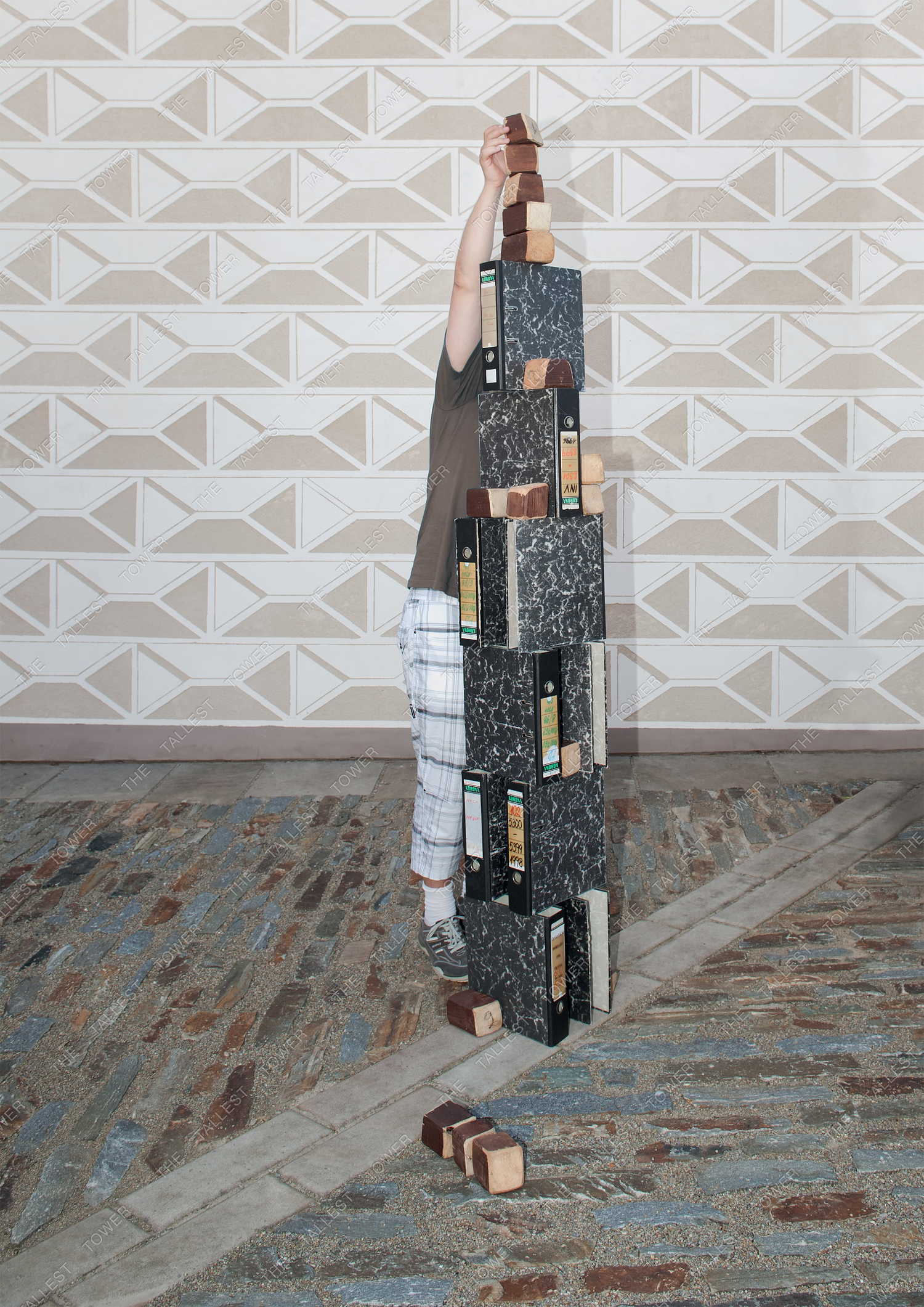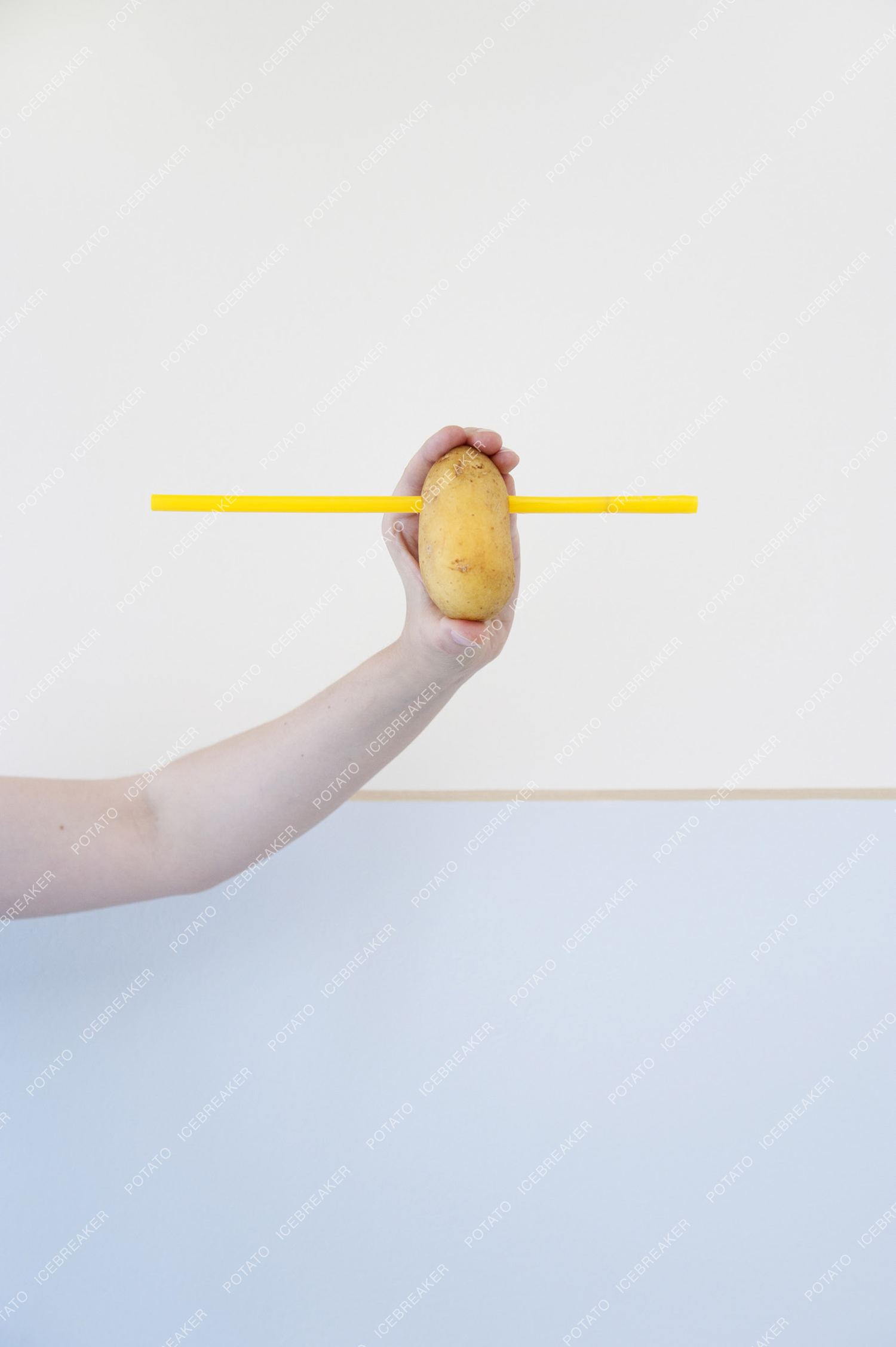
The Process of Measuring
series of prints, 70x100 cm
2012–15
Research, identification and description of principles applied by psychology, experimental pedagogy, corporate strategy, teambuilding and coaching. We use the scientific methods of measuring the human psyche, as well as communication business strategies in parallel.
The contemporary art world uses its own, exclusive language. We wanted to expand beyond the framework of this exclusive environment. The act thus provokes the stray principle of thought, and aims to increase the personal and professional of the viewer and participator. The medium of surroundings and language will create a framework for new forms of communication.
In this particular case, the methods of examination are not motivated by attempts to popularize science. They gradually change from archiving, keeping record and reproduction to footnotes containing documentation and notes about experiments, depiction and observation of teambuilding, gestures, instinctive protection of one’s private space, minor observations.
We have been slowly moving from academic premises to a twisted logic, observed patterns of social behaviour and overlapping of ideas and their sources. We have always been using documentation of past years though. At least one source has always been true and measurable. The Process of Measuring has always been triggered by a clear signal to be able to get its result. On the other hand, a weird process has been taking place where parameters and expectations may come out as ambiguous and it is not possible to evaluate them. An error may hence represent a deviation from the norm, braking given rules, getting different results.

The Tallest Tower (Team Building Technique)

The Tower in Cooperation

Laughter Yoga

Dexterimeter Device

The Potato Icebreaker (Team Building Technique)

The Spaghetti-Marshmallow Challenge (Team Building Technique)

Hair Color Panel

Edges Abrasion (Team Building Technique)

Lipstick Shape Personality
Elevator Groupthink: A Psychology Experiment in Conformity
Independence of opinion is both a crucial ingredient in making collectively wise decisions and one of the hardest things to keep intact. Solomon Asch conducted in 1962 an elevator experiment to investigate the extent to which social pressure from a majority group could affect a person to conform. Apparently, people conform for two main reasons: because they want to fit in with the group (normative influence) and because they believe the group is better informed than they are (informational influence). An elevator simulates minimal architectonic structures that respond to the social and psychological use of space. Series records how people use their bodies to resist conformity and it poses questions of what it means to conform or to deviate.



I would like to thank to Simona Horáková Hoskovcová and Pavel Uhlář from Department of Psychology at Charles University in Prague and Dalibor Vobořil from Department of Psychology at Masaryk University in Brno.